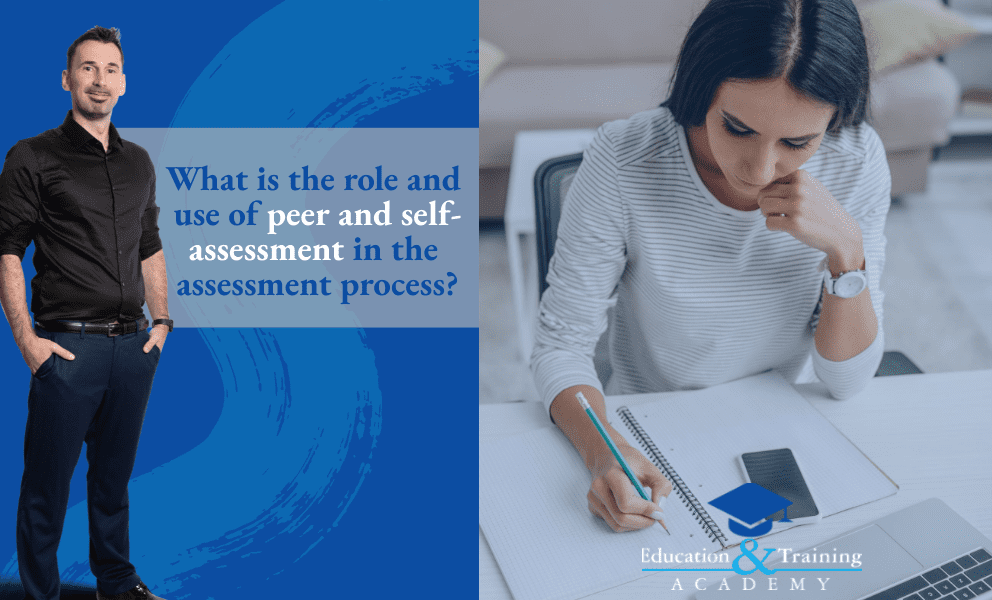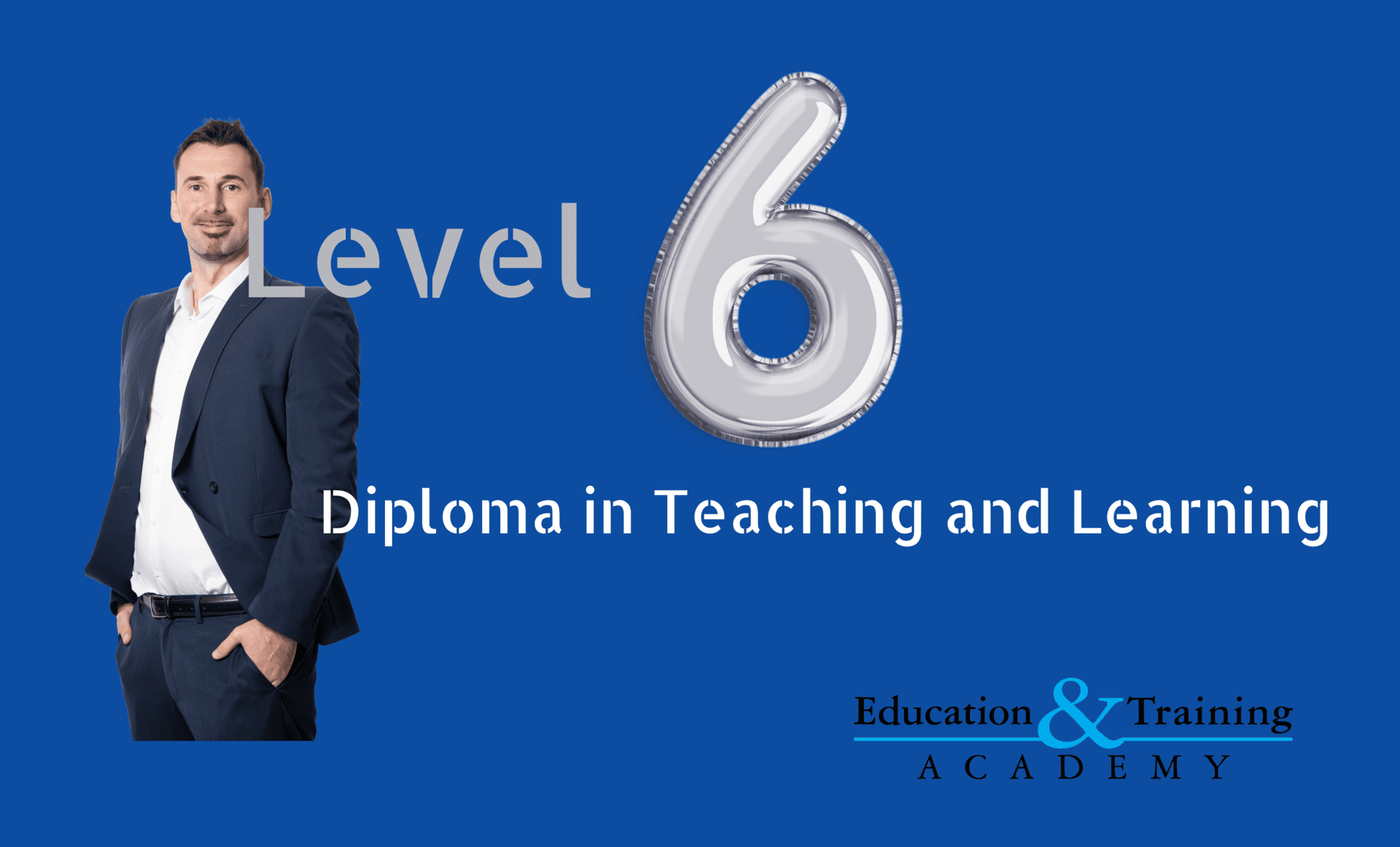
The role of Peer and self-assessment in the Level 3 Award in Education and Training (AET)
Peer and self-assessments are methods of assessment we use in the Level 3 Award in Education and Training (AET) but we need to understand their purpose and the limitations otherwise these assessment methods wont be useful to any training programme.
Level 3 Award in Education and Training Self assessment
Self-assessment involves a learner assessing their own progress, which can lead to them setting their own goals. In the Level 3 Award in Education and Training (AET), this assessment method is used after your microteach session to reflect on why you planned your session the way you did, what went well, what could be better and what you can do to improve your own performance.
Level 3 Award in Education and Training Peer assessment
Peer assessment on the other hand is others in your class reflecting on your performance and giving you feedback. This is also used in the Level 3 Award in Education and Training (AET) as your peers are required to give you feedback to help the awarding body ascertain information about your session and who better to give you feedback than those who were actively involved in the session.
Self-assessment is great as it helps learners to develop their own progress and goals which is a CPD requirement of all trainers delivering the Level 3 Award in Education and Training (AET) as we need to maintain our own development and we are all responsible for this. Self-assessment gives ownership of their own progress which can be motivating but it depends on the individual where some will do this, but others need accountability from elsewhere to help them to keep on track.
Level 3 Award in Education and Training don't bee too critical
I tend to find that during the Level 3 Award in Education and Training (AET), most learners tend to be over critical of their session, but they tend to forget that its typically just 15 minutes therefore its only a snippet of a session and you cant get into larger topics or use overly complicated assessment methods as the time doesn’t allow it. There is a minority of learners who feel that have achieved more than they actually have therefore the tutor still needs to confirm this. I’ve seen many times where learners have identified weakness in their delivery but feel they don’t have anything to work on. Typical self-assessment activities can include awarding themselves a grade, suggesting improvements regarding their skills and knowledge or detailing how they could improve their work.
Level 3 Award in Education and Training peer feedback flaws
Peer-assessment involves a learner assessing another learner’s progress. This would actively involve your learners; however, you would need to ensure everyone was aware of the criteria to be assessed, how to reach a decision and how to give constructive feedback. During the Level 3 Award in Education and Training (AET), very few learners give negative feedback of a microteach session as they don’t want to hurt the feelings of another person, or they don’t want the feedback to damage any relationship, so they tick all of the boxes and say its good. When peer-assessment is like this, its not worth the piece of paper its written on so we need to explain the criteria that is assessed to ensure this exercise is worthwhile. Learners may accept comments from peers more readily than those from the tutor and peers might notice something the assessor hasn’t. This is useful as the session is tailored to the peers and not the tutor so they are qualified to give feedback as you should have with any lesson. Peer-assessment can be useful to develop and motivate learners. However, this should be managed carefully, as you may have some learners who do not get along and might use the opportunity to demoralise one another.


